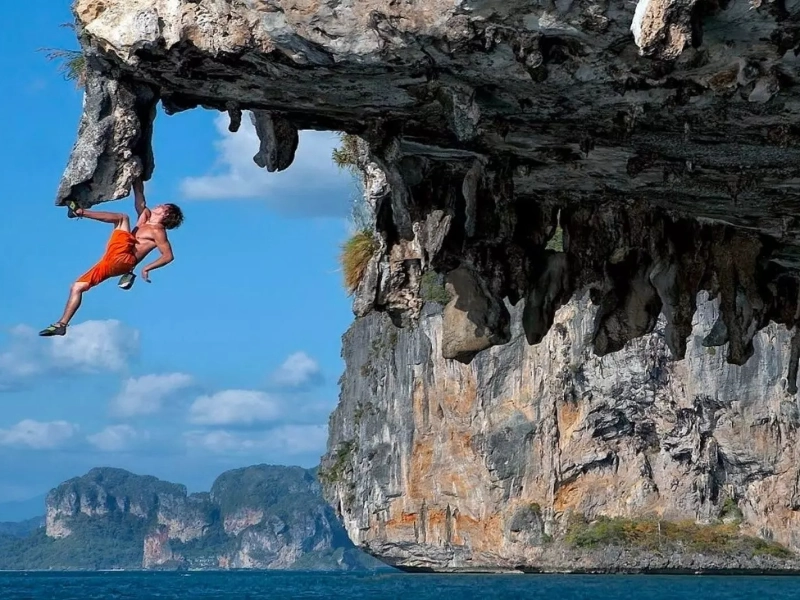Extreme Rock Climbing: Conquering the World's Most Dangerous Cliffs
2. The Dangers of Extreme Climbing

huge thrills carry huge risks. Extreme rock climbing carries risks that can cause major injuries or perhaps death. Anyone thinking about this sport must first understand these hazards since it calls for a proactive attitude to safety and risk control.
Falling is one of the main risks involved in really difficult climbing. Even expert mountaineers can slip or miscalculate their motions, resulting in maybe catastrophic falls. This is why correct application of safety equipment is critical. Correct use of ropes, harnesses, and protective gear will help to reduce falling danger and guarantee that climbers may safely catch themselves should they fall. Apart from having the appropriate tools, climbers have to be conscious of their own limitations and skills and identify when a route could be too difficult or dangerous to try.
Further major hazards come from the weather. Unexpected variations in the temperature could make climbing perilous. While strong gusts could influence balance and stability, rain can make rocks slick. Climbers have to constantly review weather forecasts and be ready to modify their itinerary should conditions become bad. In mountainous areas especially, temperature swings can provide icy conditions that raise the danger of slips and accidents.
Rockfall poses still another hazard. Falling from above, loose rocks can seriously endanger climbers below. In places with unstable rock formations especially, this is rather frequent. Always mindful of their surroundings, climbers should refrain from ascending in places considered to be prone for rockfall. Since climbers can warn one another of possible hazards, appropriate route choice and communication with other climbers help to reduce these risks.
One other risk climbers have to deal with is mental tiredness. Extreme climbing calls both great concentration and focus. Decision-making capacity might drop as tiredness sets in, which raises error risk. To keep their safety, climbers should know their mental and physical limitations and take pauses as needed. This involves knowing when to stop or turn back a climb should circumstances become overly dangerous or if one feels overwhelmed.
All things considered, extreme rock climbing has many different and serious risks. Safety must be first for climbers, hence they must be ready to negotiate these hazards. Understanding the possible risks and acting early can help climbers to maximise the excitement of extreme climbing while reducing the risks connected with this thrilling sport.
Advertisement
You May Like

